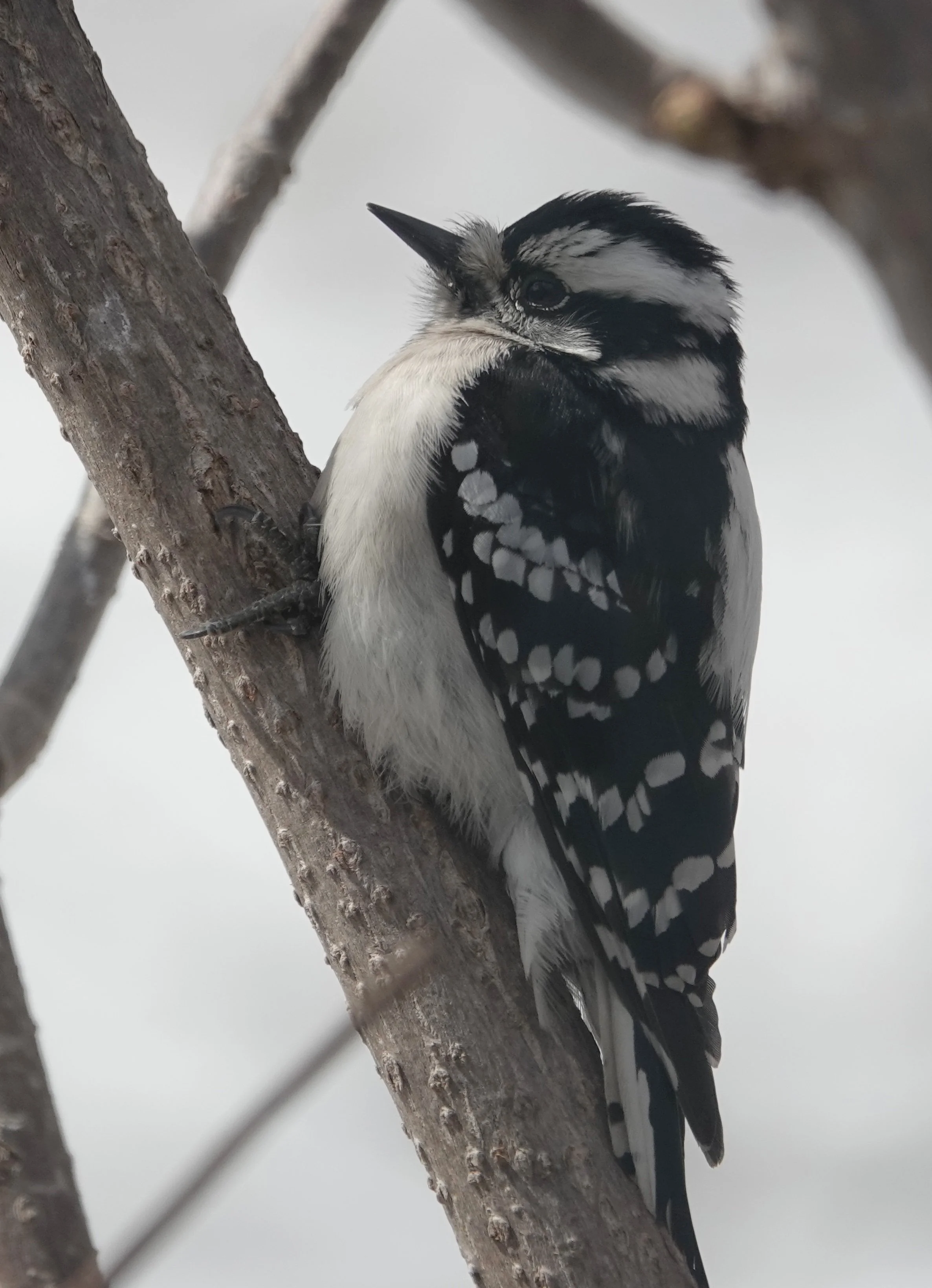Naturally
Geese aren’t afraid of public speaking. I listened to them talk on stubble-covered farm fields lowered by the disappearance of snow.
What do the first migrants think of in the spring? “Too soon?” Many consider strutting grackles the jerks of the bird world. An unfair assessment.
An American white pelican has up to a 114-inch wingspan. A red-tailed hawk’s wings stretch to 52 inches.
Q&A
“Am I seeing trumpeter or tundra swans?” If you see them nesting here, they are trumpeters. Trumpeter swans are larger than tundras, but the difference in size is apparent only if the two species are right next to one another. A fluffed tundra might look bigger than a trim trumpeter. I listen to calls. Trumpeter swan calls are trumpet-like, which sound like a junior high French horn player warming up to me. Lewis and Clark, during their expedition, provided the first written description of tundra swans, where the birds’ whistle-like calls prompted Meriwether Lewis to dub them “whistling swans.” Trumpeters sound remarkably low-pitched and nasal in comparison. If you hear something whistling the theme song to “The Andy Griffith Show,” it will be a TV and not a tundra swan. Tundra swans stay in flocks except when on breeding territory in the arctic. If you see a pair or a few swans, they’re likely trumpeter swans.
“Where do crows nest?” American crows hide their nests in a crotch near the trunk of a tree or on a horizontal branch toward the top third of a tree, preferring to nest in evergreens, but will nest in deciduous trees when evergreens are unavailable. Both members of a breeding pair build the nest and the young from the previous year might help. The nest is made of medium-sized twigs with an inner cup lined with pine needles, vegetation, bark and/or animal hair.
“Do owls eat carrion?” Owls aren’t thought of as scavengers, but the behavior is more widespread than believed, according to University of Illinois researchers. Most of the carcasses fed upon were mammals, especially those with hooves. I’ve seen an owl on a dead deer.
“Do birds have taste buds?” Birds have up to 500 taste buds, while adult humans have 2,000 to 10,000. Parrots have 300 to 400 and chickens have only 24. Birds can taste sweet, sour and bitter, and learn how combinations of those tastes warn them of toxic foods or invite them to feed. Fruit-eaters can detect when fruit is ripe and hummingbirds taste differences in sugar concentrations found in flowers.
“What animals store food?” Mammals, birds and insects (ants, bees and wasps are famous for doing this) cache food to use later. Seeds lend themselves to storage. Nuthatches, chickadees, titmice, jays, crows, falcons, many owl species, shrikes, nutcrackers and some woodpeckers cache. Rodents, foxes, bobcats and mountain lions cache food. Moles store living earthworms, immobilized after having their heads bitten off, for the winter. Moles don’t hibernate and are busiest finding and storing foods during summer’s rainy periods.
“What kind of sandhill cranes do we have in Minnesota?” There are two separate populations, both are greater sandhill cranes with expanding populations. The cranes breeding in eastern Minnesota winter in north and central Florida, and the cranes nesting in northwestern Minnesota winter along the Gulf Coast of Texas. Sandhill cranes that gather along the Platte River in Nebraska primarily winter in Texas, New Mexico and Mexico. According to Nebraska Game and Parks, most of those birds are lesser sandhill cranes, the smallest subspecies. The Canadian or intermediate sandhill crane makes up about 15% of the birds staging along the Platte, and the greater sandhill crane comprises about 5%. Lesser sandhill cranes are birds of the high arctic, nesting across the northern reaches of Canada and Alaska, with some crossing the Bering Strait into eastern Siberia.
“How far will a great blue heron travel for food?” Studies found most nesting herons stay within a 2-mile range, but will travel as far as 18 miles.
“Do flickers eat ticks?” I don’t think so. Flickers feed on the ground, hammering on soil as other woodpeckers do on wood, looking for ants, which are 45% of their diet. A flicker’s tongue darts out 2 inches beyond the end of its bill to snare prey. They feed on beetles and corn borers and occasionally catch insects in the air. Other invertebrates eaten include flies, butterflies, moths and snails. Flickers switch to eating seeds; fruit and berries from poison ivy, dogwood, sumac, wild cherry, grape, bayberries, hackberries and elderberries; and sunflower seeds at feeders in the winter. Wild turkeys and opossums eat ticks.
Thanks for stopping by
“The art of being happy lies in the power of extracting happiness from common things.”—Henry Ward Beecher.
“Everything is simpler than you think and at the same time more complex than you imagine.”—Johann Wolfgang von Goethe.
Do good.
©️Al Batt 2023
This is a female downy woodpecker. A male has a small red patch on the back of his head. Male and female downy woodpeckers divide winter foraging areas. Males feed more on small branches and weed stems, and females feed on larger branches and trunks. Males keep the females from foraging in the more productive spots. Photo by Al Batt.

